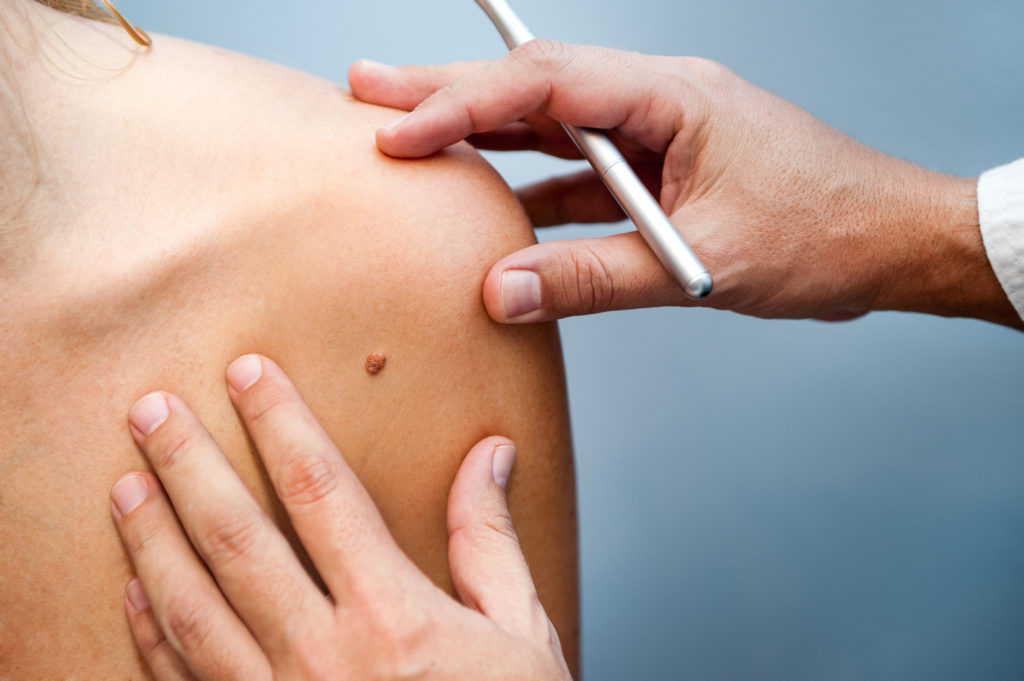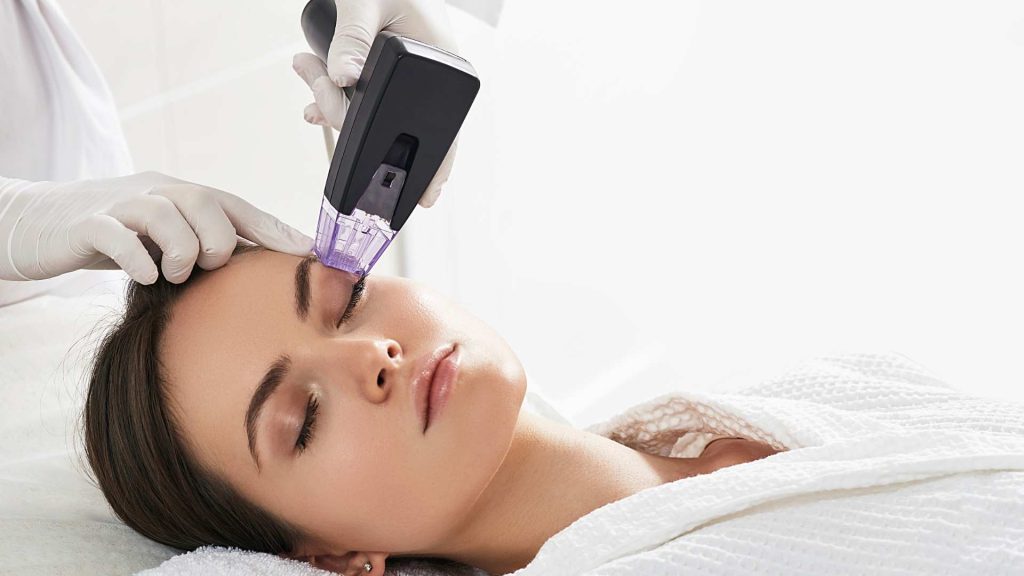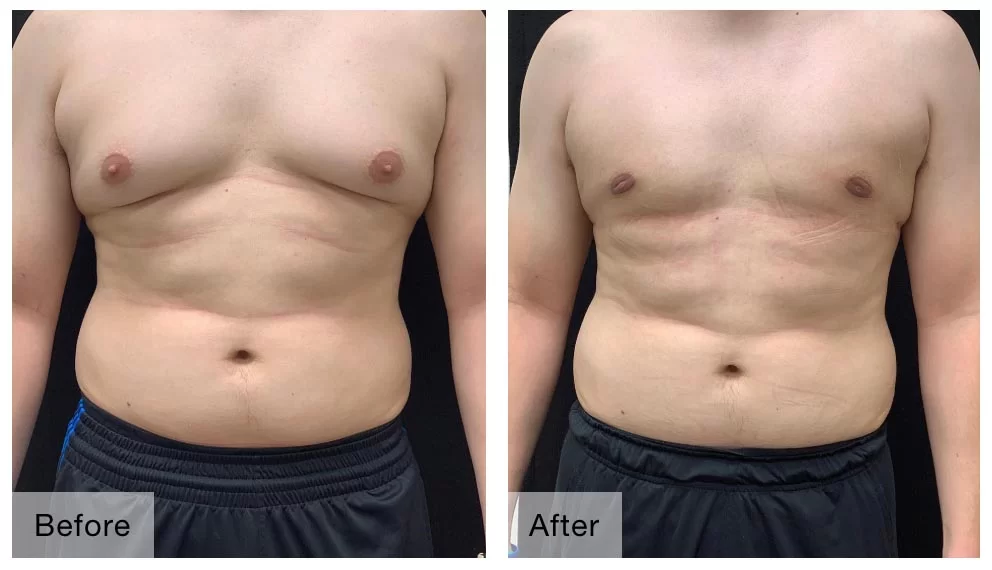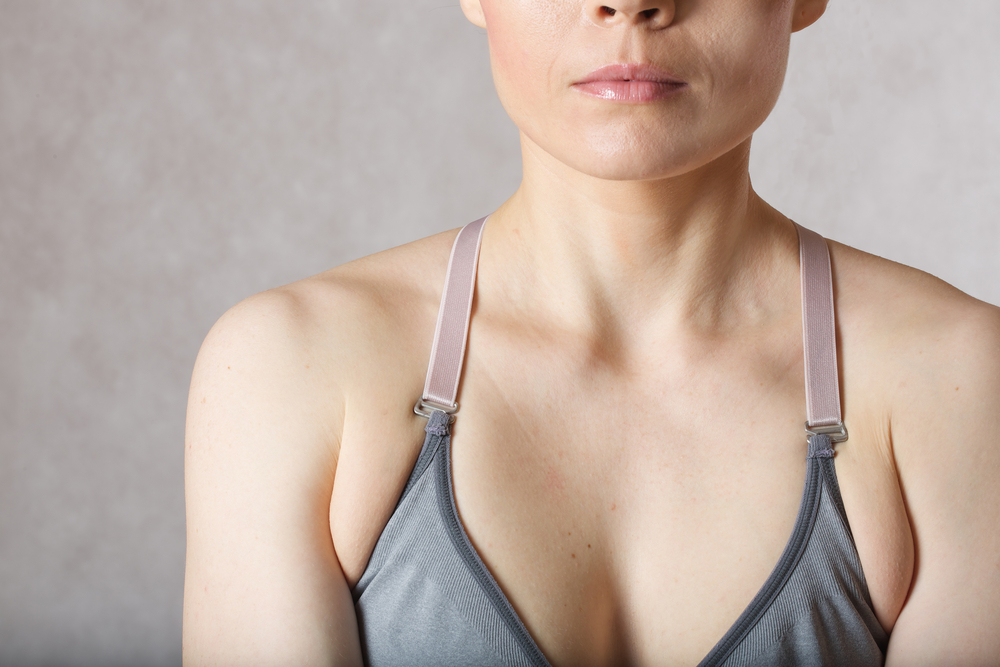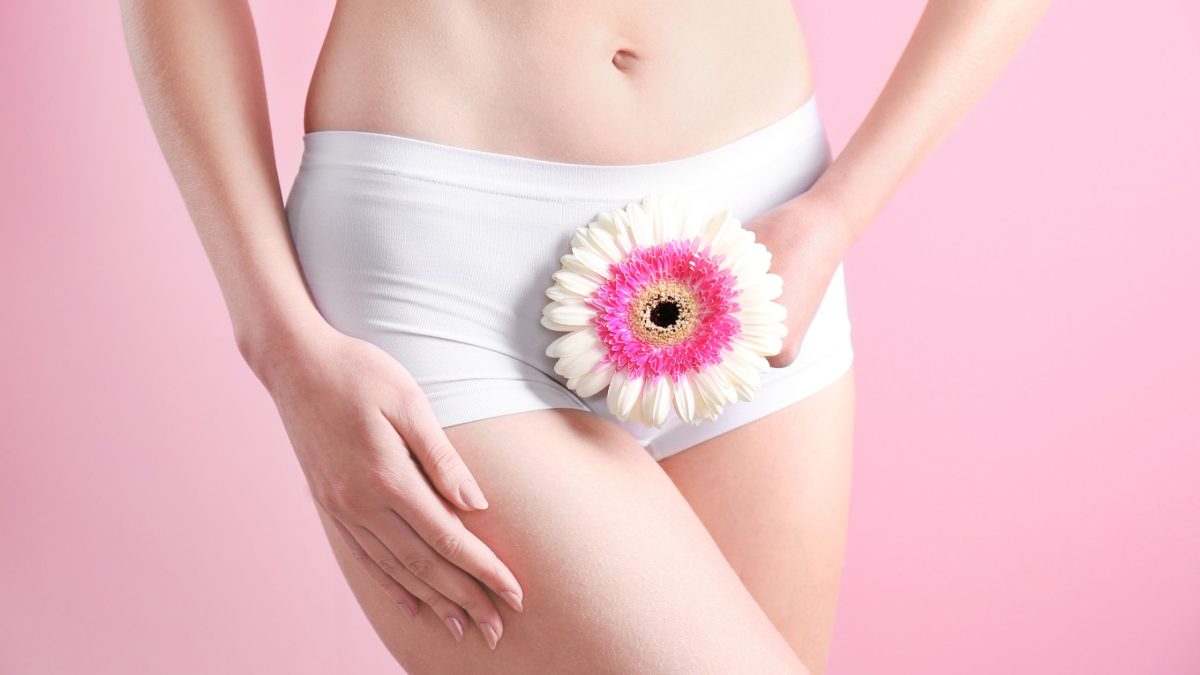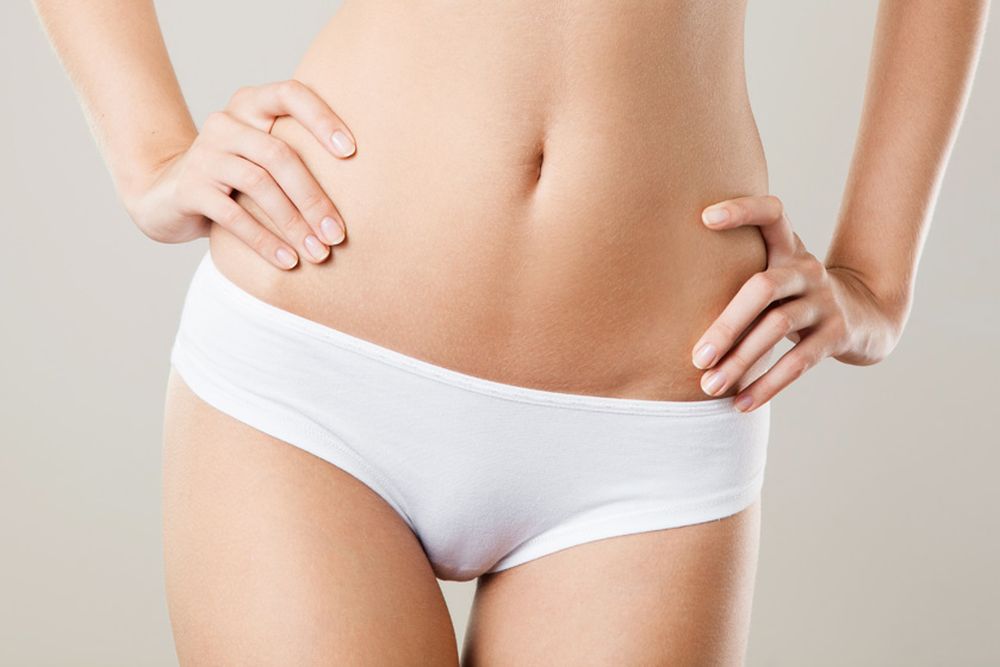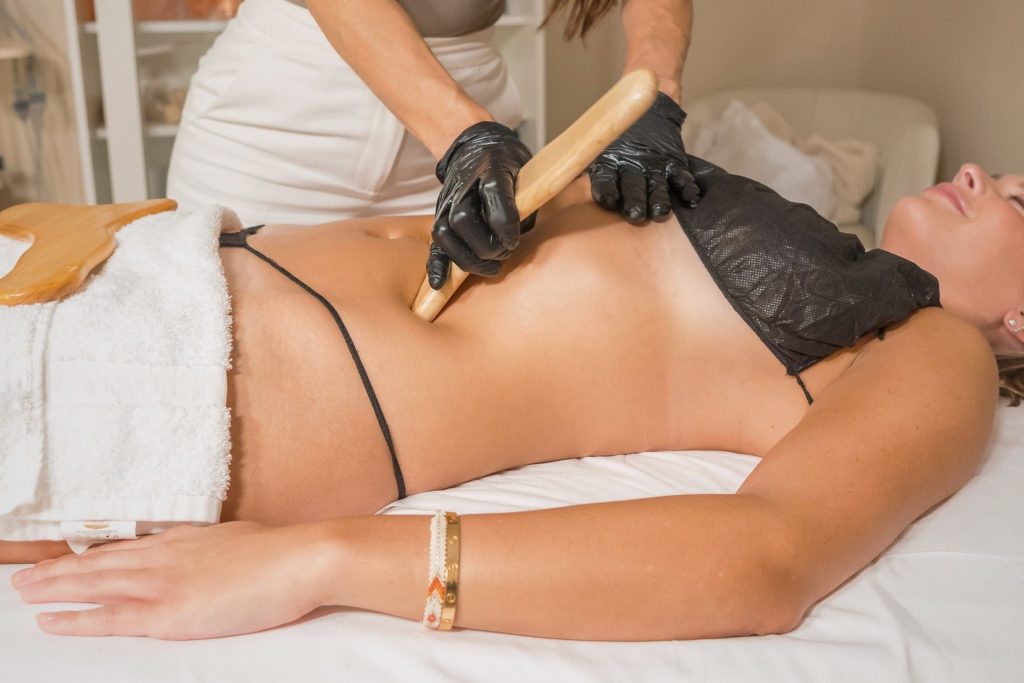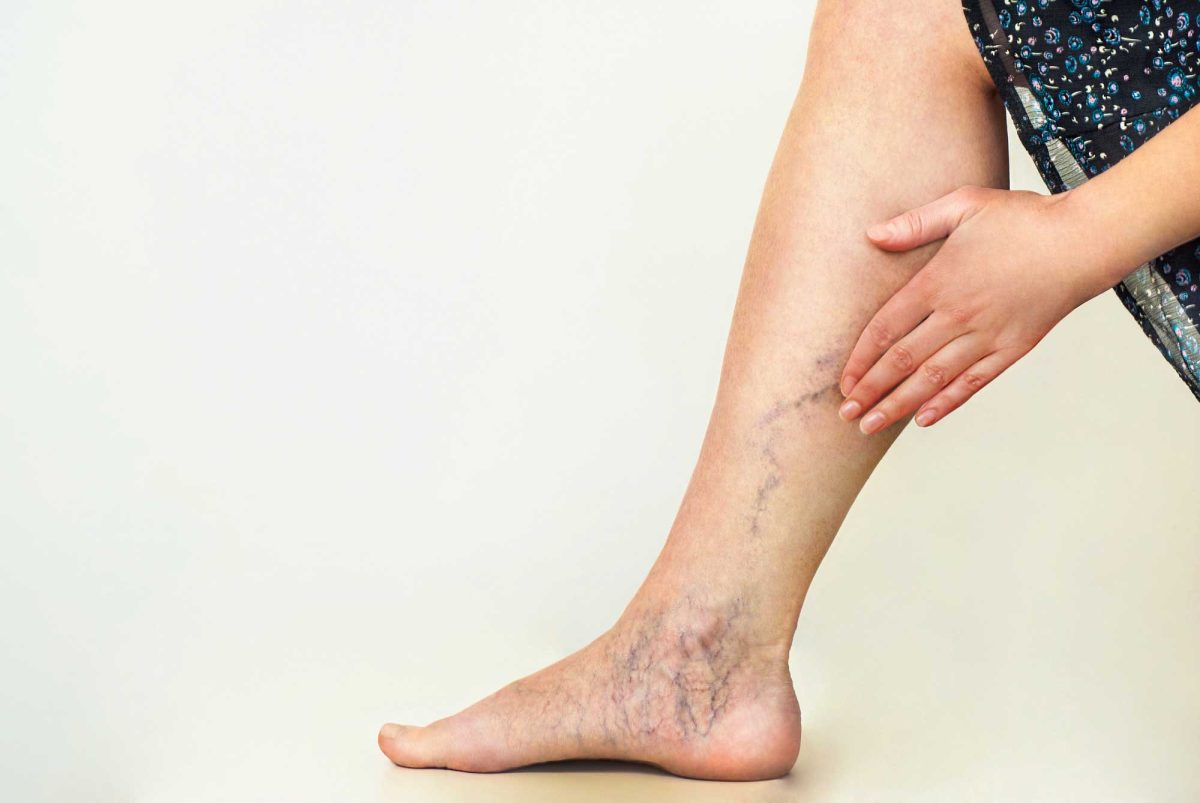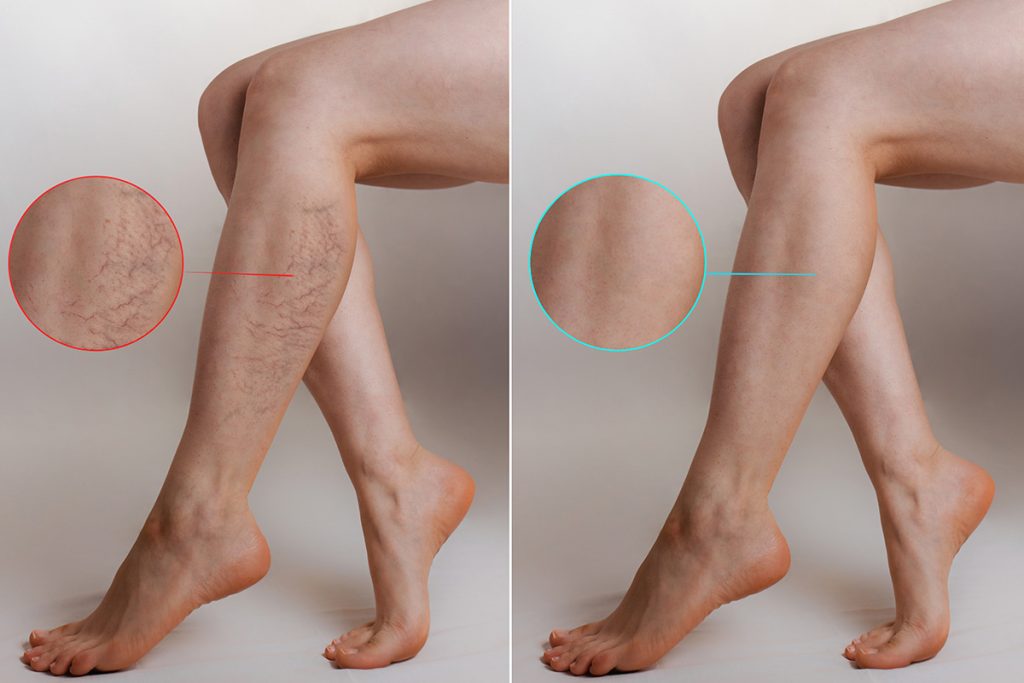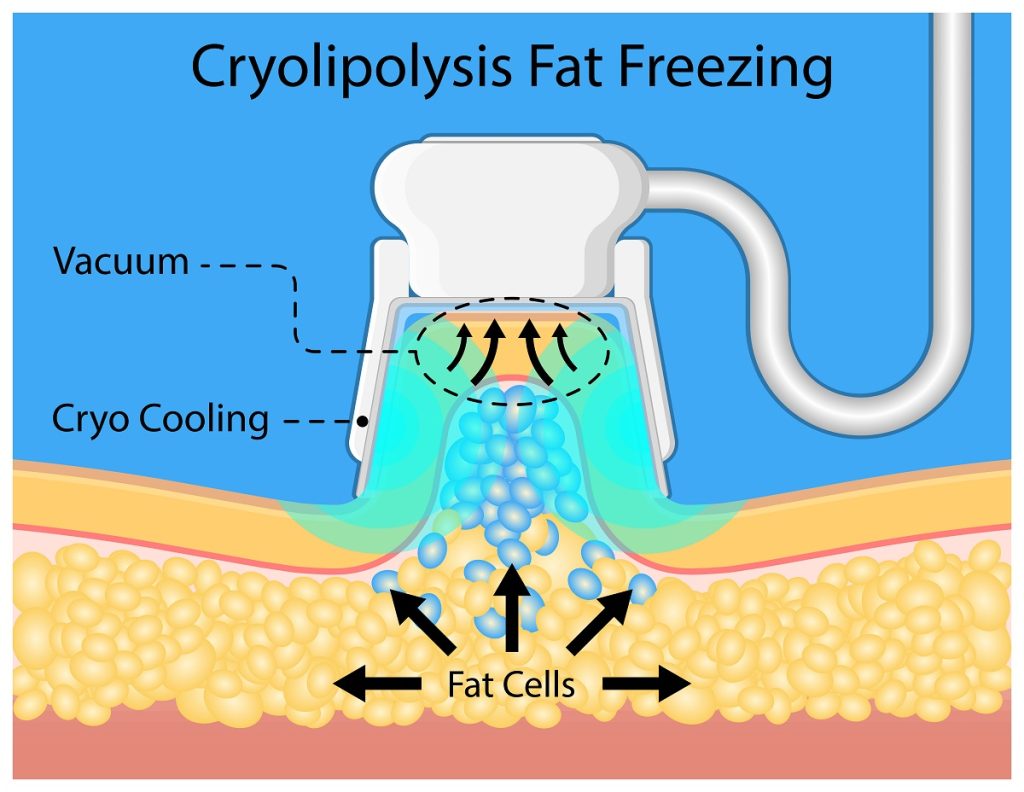Mole removal treatment can be a game-changer for those self-conscious about their skin. Many people struggle with unwanted moles, feeling embarrassed or unsure about their appearance. While some opt for home remedies or ignore the issue, professional treatments offer safe and effective solutions.
Understanding the types of mole removal options available is crucial. From laser therapy to surgical excision, each method has its benefits. The right choice depends on individual needs and skin types. This guide will explore these treatments, helping you make an informed decision. Say goodbye to insecurities and hello to a smoother, more confident you!
Pre-Procedure Preparations
Skin Inspection
The first step involves a thorough inspection of the skin. A healthcare professional examines the mole and surrounding area carefully. This ensures that any changes or irregularities are noted. Taking pictures of the mole is also essential. These images serve as a reference for future comparisons after the procedure.
Dermoscope Examination
A dermoscope plays a crucial role in mole removal procedures. This tool allows doctors to closely examine the mole’s structure. It helps identify whether the mole is benign or requires further investigation. The dermoscopic examination provides detailed insights into the mole’s characteristics. It aids in making informed decisions about the next steps.
Marking Areas
After inspecting and examining, marking the areas on the skin is necessary. Doctors use a surgical pen to outline the specific sections of the mole to be removed. This step is vital for precision during the procedure. Clear markings help ensure that only the targeted area is treated, minimizing damage to surrounding skin.
Cleaning and Numbing
Before starting the actual procedure, cleaning the area is essential. Medical professionals use antiseptic solutions to reduce infection risks. Following this, they apply numbing medicine to manage pain effectively. Numbing can be done topically or through injection, depending on the situation.
Anesthesia Considerations
For better pain management, considering both topical and injection anesthesia can be beneficial. Topical anesthetics provide surface-level numbness, while injected anesthesia targets deeper tissues. This combination can enhance comfort during the procedure. Patients often report less discomfort when both methods are used together.
Final Preparations
Once all preparations are complete, doctors review everything with the patient. They explain what will happen during the procedure and address any questions or concerns. This communication builds trust and ensures patients feel comfortable moving forward.
Proper pre-procedure preparations are critical for successful mole removal treatment. Each step contributes to a safer and more effective process. Patients should follow their doctor’s instructions closely. Understanding these preparations can ease anxiety and promote confidence in receiving care.
Mole Removal Techniques Overview
Surgical Excision
Surgical excision is a common and effective method for mole removal. This procedure involves cutting out the mole along with some surrounding skin. Surgeons often use this method for moles that are larger or suspected to be cancerous. The removed tissue undergoes analysis to ensure it is not malignant. Recovery from surgical excision may take a few weeks, but it typically leaves minimal scarring.
Shave Excision
Shave excision is another technique used for certain moles. This method involves shaving off the mole at skin level using a small blade. It is suitable for raised moles that do not show signs of cancer. Patients often prefer this method due to its simplicity and quicker recovery time. However, shave excision may not remove the entire mole, which could lead to regrowth.
Other Methods
Several other methods exist for mole removal, each with its own limitations.
-
Laser removal uses focused light to break down the pigment in the mole. This method works well for flat moles but may not be effective for deeper or larger ones.
-
Electric current can also be used to burn off moles. This technique is quick but may leave scars or discoloration on the skin.
-
Liquid nitrogen freezes the mole, causing it to fall off over time. While effective for some types of moles, it may not work on all varieties.
These alternative techniques can offer quick solutions but might lack thoroughness compared to surgical options.
Importance of Tissue Analysis
Obtaining a tissue sample during mole removal is crucial. Analyzing the removed tissue helps diagnose any potential issues, particularly with cancerous moles. Doctors often send samples to a laboratory for examination. This step ensures that any abnormal cells are identified early, allowing for timely treatment if necessary.
Regular mole checks are essential to monitor changes in existing moles or notice new growths. Changes in color, size, or shape can indicate problems that need attention. Patients should consult healthcare providers about any concerns regarding their moles.
In summary, various methods exist for removing moles, including surgical excision and shave excision. Each technique has specific uses based on the type of mole and patient needs. Alternative methods like laser and freezing have their pros and cons but may not always provide complete removal. Finally, analyzing mole tissue after removal plays a vital role in ensuring skin health.
Surgical Excision
Procedure Overview
Surgical excision is a common method for mole removal. This invasive treatment involves cutting out the mole and some surrounding skin. Surgeons use a scalpel to ensure precision during the procedure.
Surgeons begin by marking the area around the mole. They aim to remove it with healthy skin margins. This reduces the chance of regrowth and ensures clean healing.
Steps of Excision
-
The surgeon injects local anesthesia to numb the area.
-
A scalpel is used to cut around the mole.
-
The mole is carefully lifted away using forceps.
-
Any bleeding is managed with pressure or cauterization.
-
Finally, the area is stitched back together.
Each step requires careful attention to detail. Surgeons must ensure they remove all the necessary tissue while minimizing damage to surrounding skin.
Aftercare
Post-surgery care is crucial for healing. Patients should keep the area clean and dry. Follow-up appointments help monitor healing and check for any complications.
Stitches usually dissolve on their own, but some may need removal after a week or so. Patients should watch for signs of infection, such as increased redness or swelling.
Risks and Benefits
Surgical excision has both pros and cons.
Pros:
-
Provides a definitive diagnosis through pathology.
-
Removes moles completely.
-
Reduces risk of recurrence.
Cons:
-
Involves scarring.
-
May require stitches.
-
There’s a risk of infection.
Understanding these factors helps patients make informed decisions about their treatment options.
Alternative Methods
Nonsurgical removal methods exist, but they differ from surgical excision. Options like laser therapy or cryotherapy do not involve cutting into the skin. These methods can be effective for certain types of moles but might not provide complete removal.
Surgical procedures remain the gold standard for suspicious moles or those that change in appearance. Pathological examination after excision can identify cancerous cells if present.
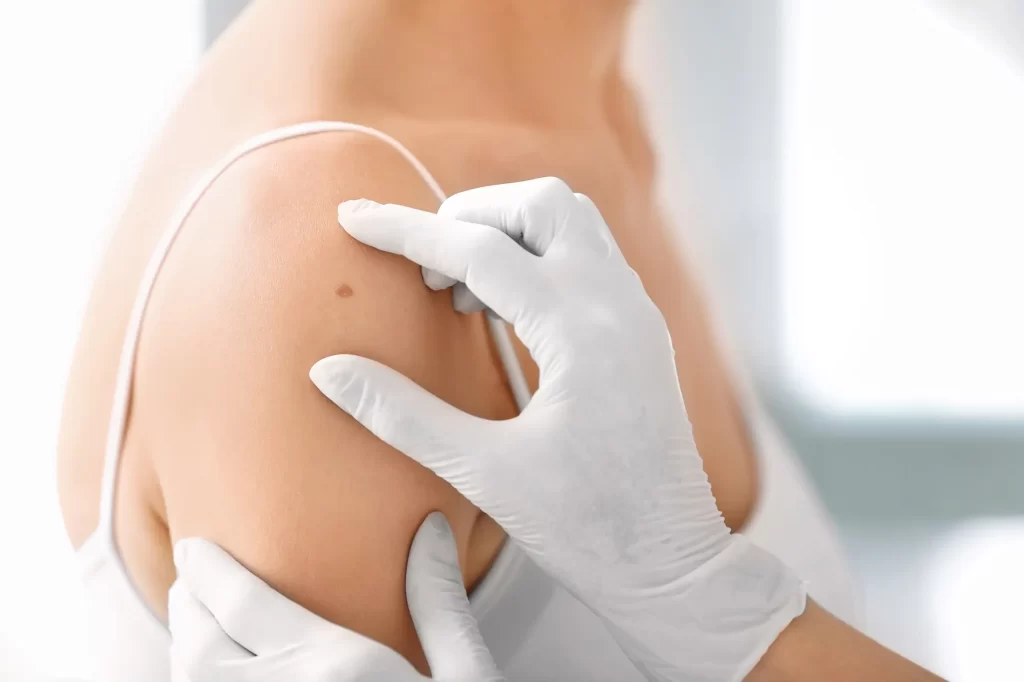
Shave Excision
Procedure Overview
Shave excision mole removal involves shaving the mole down to the level of the surrounding skin. This method is often less invasive than surgical excision. A doctor uses a sharp blade to carefully remove the mole. The goal is to eliminate the mole while minimizing damage to nearby skin.
A tissue sample is usually collected during this process. This sample allows for further analysis in a lab. Doctors examine it for any signs of abnormal cells. This step is crucial in identifying potential skin issues, including melanoma.
Cauterization Process
After removing the mole, doctors typically cauterize the area. Cauterization helps reduce bleeding and promotes faster healing. It also improves the appearance of scars left behind after the procedure. The heat from the cauterizing tool seals blood vessels, which minimizes scarring.
Despite these benefits, there is a higher likelihood of recurrence with shave removal compared to surgical excision. Patients should be aware of this risk before choosing this method. Regular follow-ups with a dermatologist can help monitor any changes in the area.
Recovery and Care
Recovery from shave incision is generally quick. Most patients experience minimal discomfort after the procedure. Swelling and redness may occur but usually resolve within a few days.
Patients are advised to keep the area clean and dry. Applying antibiotic ointment can help prevent infection. Avoiding sun exposure on the treated area is also important for optimal healing.
Pros and Cons
Shave excision has its advantages and disadvantages:
-
Pros:
-
Less invasive than surgical excision.
-
Quick recovery time.
-
Minimal discomfort during and after the procedure.
-
-
Cons:
-
Higher chance of recurrence.
-
Potential for incomplete removal of deeper cells.
-
May not be suitable for all types of moles.
-
Laser Removal
Laser Technology
Laser removal uses focused light energy to target and eliminate moles. This technology breaks down the mole’s cells without affecting surrounding skin. The laser penetrates the skin, vaporizing the mole layer by layer.
This method is often chosen for its precision. Many people prefer it because it minimizes damage to nearby tissues. It typically results in less bleeding than traditional surgical methods. However, patients should be aware that laser treatment does not allow for a sample to analyze.
Healing Process
After the procedure, the healing process begins immediately. The treated area may appear red or swollen initially. Most people experience some discomfort, similar to a mild sunburn.
A protective jelly may be applied to soothe the site and promote healing. It’s crucial to follow aftercare instructions from the healthcare provider. Keeping the area clean helps prevent infection and ensures optimal results.
Recurrence Risk
Mole recurrence is a significant concern with laser removal. Studies show that moles removed by lasers can grow back more frequently than those excised surgically. This happens because laser treatments may not remove all mole cells completely.
Patients should monitor their skin closely after treatment. If any changes occur, they must consult a dermatologist promptly. Regular check-ups help in early detection of potential issues, including skin cancer.
Results Overview
Results vary among individuals based on several factors. These include skin type, mole size, and depth of removal. Many people report satisfactory cosmetic results after laser treatment.
However, some may notice discoloration or scarring at the site of removal. It’s essential to have realistic expectations about the outcome. Discussing these concerns with a medical professional before treatment can help clarify what to expect.
Post-Procedure Care
Apply Jelly
Petroleum jelly is essential after mole removal. This product helps keep the treated area moist. Apply a thin layer of jelly directly to the mole site. Cover it with a bandage to protect it from dirt and bacteria.
Change the bandage daily. Make sure to reapply jelly each time you change it. Keeping the area moist aids in healing. It also reduces the risk of scabbing or crusting.
Clean Daily
Daily cleaning is crucial for proper recovery. Use mild soap and water to gently clean the area. Pat it dry with a clean towel. Avoid rubbing or scrubbing, as this can irritate the skin.
After cleaning, apply more petroleum jelly. This keeps the area hydrated and promotes healing. Following this routine will help maintain a good appearance as it heals.
Monitor Healing
Monitoring the healing process is very important. Watch for any signs of infection, such as redness, swelling, or discharge. If you notice these symptoms, contact your healthcare provider immediately.
Healing usually takes about one to two weeks. During this time, avoid sun exposure on the treated area. Sunlight can cause discoloration and affect how well the skin heals.
If you have questions about what to look for during recovery, ask your doctor for guidance. They can provide specific instructions based on your situation.
Follow-Up Appointments
Follow-up appointments are often necessary after mole removal treatment. These visits allow your doctor to check the healing progress. They can assess if there are any complications that need attention.
Schedule your follow-up visit according to your doctor’s recommendations. Typically, this occurs about two weeks after the procedure.
During these appointments, discuss any concerns regarding the appearance of the site or discomfort you may experience. Your doctor can offer advice on further care or treatments if needed.
Emotional Support
Mole removal can be an emotional experience for some individuals. Feelings about body image may arise during recovery. It’s essential to talk about these feelings with someone you trust.
Support from friends or family can make a difference in how you feel post-procedure. Sharing experiences with others who have undergone similar treatments may also help.
Potential Risks and Safer Alternatives
Infection Risks
Mole removal procedures carry certain risks. One of the main risks is infection. When a mole is removed, the skin barrier is disrupted. This can allow bacteria to enter the body. If proper care isn’t taken, infections may occur. Signs of infection include redness, swelling, and pus. These complications can lead to more serious health issues if not treated promptly.
Scarring Concerns
Another significant concern is scarring. All mole removal methods can leave marks on the skin. The extent of scarring often depends on the technique used and individual healing processes. Surgical excisions tend to produce larger scars compared to other methods. It’s essential to discuss these potential outcomes with a healthcare provider before proceeding with any treatment.
Professional Treatment Importance
Home remedies for mole removal are popular but often unsafe. Many people attempt to remove moles using over-the-counter products or natural solutions. However, these methods lack scientific backing and can lead to complications. They may also result in misdiagnosis of skin conditions. Professional treatment ensures accurate diagnosis and appropriate care. Dermatologists have the training necessary to evaluate moles properly.
Surgical Excision
Surgical excision remains a common method for mole removal. This process involves cutting out the mole along with some surrounding tissue. It allows for thorough examination of the mole by a pathologist. This step is crucial for identifying any potential cancerous changes.
Shave Excision
Shave excision is another effective technique. In this method, the mole is shaved off at skin level using a surgical blade. It minimizes scarring and is less invasive than full surgical excision. Both techniques provide safer options compared to home remedies.
Accurate Diagnosis
Safer alternatives like surgical and shave excisions offer advantages beyond aesthetics. They provide an opportunity for accurate diagnosis of skin abnormalities. Proper evaluation can detect early signs of skin cancer or other issues that require attention.
Follow-Up Care
Follow-up care is critical after any mole removal procedure. Regular check-ups help monitor healing and ensure no further complications arise. A healthcare provider will guide patients on how to care for the site post-procedure.
Dangers of Home Removal Methods
Over-the-Counter Risks
Many people consider using over-the-counter mole removal creams and kits. These products often promise quick results. However, they can be dangerous. Most of these creams contain harsh chemicals. They may cause skin irritation or allergic reactions. Some people experience severe burns from these substances.
In many cases, these products do not effectively remove moles. This leads to incomplete removal. A partial mole can leave behind abnormal skin cells. These cells might develop into skin cancer over time. The risk is not worth the convenience of a home treatment.
Infection Concerns
Using home methods also increases the risk of infection. When someone tries to cut or scrape off a mole, the skin barrier breaks. This opens the door for bacteria to enter the body. If an infection occurs, it can lead to swelling, redness, and pain. In serious cases, it may require medical attention.
People who attempt home removal often lack proper sterilization techniques. They might use unclean tools or forget to wash their hands. This negligence contributes to higher chances of infection. It is crucial to remember that any procedure on the skin carries risks.
Importance of Professional Help
Consulting a healthcare provider is essential for safe mole removal. Professionals have the training and tools needed to assess moles accurately. Dermatologists can determine if a mole is benign or potentially harmful. They can provide a proper diagnosis and recommend suitable treatments.
Medical professionals also follow strict hygiene protocols during procedures. This minimizes the risk of complications significantly. They can offer options like surgical excision or laser therapy for mole removal. These methods are safer and more effective than home remedies.
When to Consult a Dermatologist
Size Changes
Seek a dermatologist’s advice if a mole changes in size. A mole that grows larger may indicate a problem. Normal moles typically remain small and consistent. If you notice a mole expanding, it is essential to get it checked. Changes can signal conditions like melanoma, which is serious.
Regular monitoring helps catch issues early. Measure your moles periodically. Record any noticeable growth. This information can aid your dermatologist during consultations.
Shape Alterations
Changes in shape also warrant a visit to the dermatologist. Moles should have a clear, even outline. If edges become irregular or blurred, this could be concerning. Uneven shapes may suggest abnormal skin cells are present.
A professional evaluation is crucial for any shape alteration. Dermatologists use specific tools to assess moles accurately. They can determine if further action is needed based on their findings.
Color Variation
Consult a dermatologist if a mole changes color. Moles should maintain a consistent hue throughout. A shift to darker shades or multiple colors can be alarming. These changes could indicate potential skin cancer risks.
A dermatologist will evaluate the mole under special lighting and magnification. They can identify whether the color change is benign or requires treatment.
Pain and Itching
Visit a professional if a mole becomes painful or itchy. Discomfort often signals underlying issues. Normal moles should not cause irritation or pain. Persistent itching or soreness may require examination.
Dermatologists can perform tests to rule out infections or other conditions. Early intervention can prevent complications down the line.
Bleeding Concerns
Bleeding from a mole is another red flag that needs attention. Moles should not bleed without cause. If you notice bleeding, it’s crucial to consult with a dermatologist immediately.
They will assess the bleeding site and determine the next steps. Quick action can help address potential problems before they escalate.
Regular Skin Checks
Schedule regular skin checks with your dermatologist for early detection of atypical moles. These check-ups allow professionals to monitor your skin over time. Regular assessments help identify changes that might go unnoticed at home.
Most dermatologists recommend annual visits, especially for those with many moles or a family history of skin cancer. During these visits, dermatologists will examine all areas of your skin thoroughly.
Closing Thoughts
Mole removal treatments offer various options tailored to your needs. Understanding the techniques, from surgical excision to laser removal, helps you make informed choices. You’ve learned about pre-procedure preparations and post-care essentials, ensuring a smoother experience. Recognizing the risks and avoiding home remedies keeps you safe.
Always consult a dermatologist for professional advice. Your skin deserves expert care. Take charge of your health by exploring safe mole removal options today. Don’t wait—schedule a consultation and get the peace of mind you deserve.
Frequently Asked Questions
What is the best treatment for mole removal?
The best treatment depends on the mole’s type and location. Surgical excision, shave excision, and laser removal are common techniques. Consult a dermatologist to determine the most suitable option for you.
Is mole removal painful?
Mole removal can cause some discomfort, but local anesthesia is typically used to minimize pain during the procedure. Most patients report only mild soreness afterward.
How long does it take to recover from mole removal?
Recovery time varies by method. Surgical excision may take 1-2 weeks, while laser removal often involves a shorter healing period. Follow post-procedure care instructions for optimal healing.
Are there risks associated with mole removal?
Yes, potential risks include infection, scarring, and changes in skin pigmentation. Discuss these risks with your dermatologist to make an informed decision.
Can I remove a mole at home?
Home removal methods are dangerous and not recommended. They can lead to complications like infections and scarring. Always consult a dermatologist for safe and effective treatment.
When should I see a dermatologist about a mole?
You should see a dermatologist if a mole changes in size, shape, or color, or if it becomes itchy or painful. Early evaluation is crucial for skin health.
Will my insurance cover mole removal?
Coverage varies by insurance provider and policy. If the mole is deemed medically necessary to remove, insurance may cover part of the cost. Check with your provider for details.



